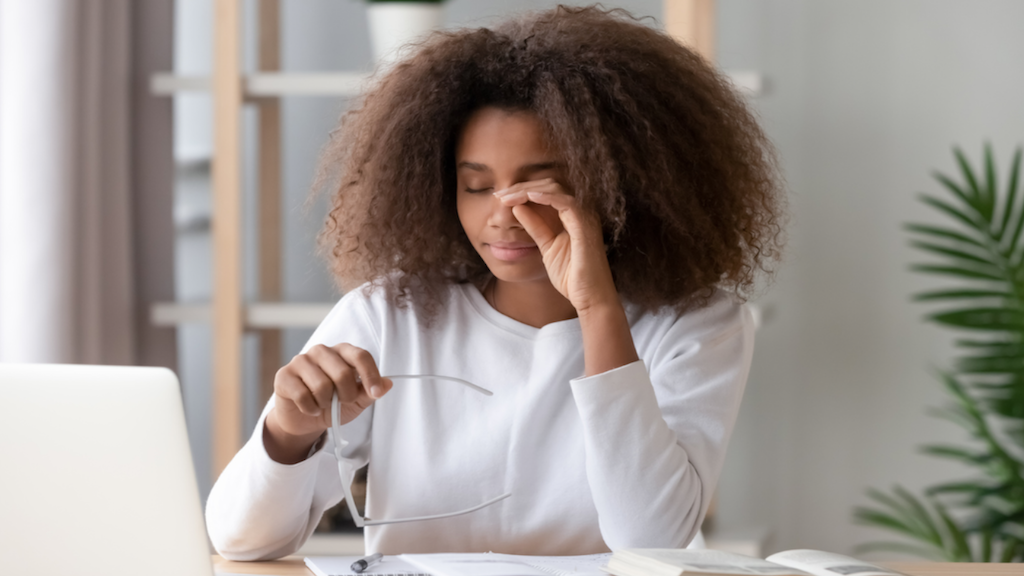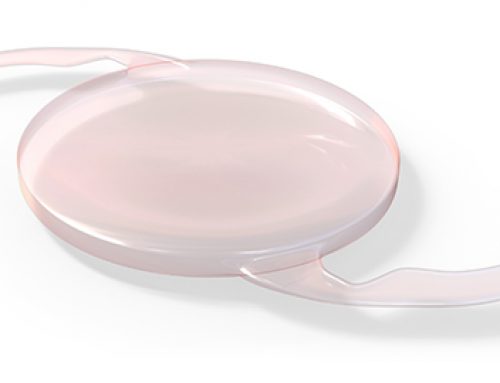
Dry eye is an affliction that plagues many people globally. With symptoms such as stinging, burning or a scratchy sensation, it can impact one’s quality of life. While several remedies exist, the search for innovative and more efficient dry eye treatment is a constant endeavor.
Intense Pulsed Light (IPL): A Potential Solution
Intense Pulsed Light (IPL), typically known for its use in dermatology, is a technology that emits pulses of light distributed over a range of wavelengths. But how does this relate to dry eye treatment?
How IPL Works for Dry Eye
IPL uses light energy to gently warm the meibomian glands, which are small oil-producing glands along the edge of your eyelids where the eyelashes are located. This warmth makes it easier for your glands to release oils. That oil then becomes a layer of your tear film.
Moreover, the wavelength of light used in IPL is particularly good at targeting telangiectatic blood vessels (dilated small blood vessels on the skin or mucous membranes). This action serves a dual purpose: it eliminates the blood vessels that continue to fuel inflammation, and it also reduces the number of inflammatory substances that contribute to dry eye symptoms.
Here’s the how IPL treatment works for dry eye:
- Eye shields are placed to protect the eyes.
- A gel is applied to the treatment area.
- The handheld IPL device is used to deliver light pulses and help unblock the meibomian glands.
The heat from the light pulses melts the waxy deposits blocking the meibomian glands. When these glands function properly, they prevent the evaporation of tears, tackling the problem of dry eyes at its root.
Efficacy and Safety of IPL as a Dry Eye Treatment
Studies show that IPL is a potentially effective treatment for dry eye, and may also be promising for those with evaporative dry eye due to meibomian gland dysfunction. Patients have reported decreased symptoms and improved tear film stability after undergoing IPL therapy.
Concerning safety, IPL is generally well-tolerated. Temporary side effects may include mild redness or swelling. However, it’s crucial to ensure that a trained professional administers the treatment to avoid any potential risks.
Choosing IPL for Dry Eye Treatment
Before choosing IPL as your go-to dry eye treatment, consider the following:
- IPL is more suitable for people with moderate to severe dry eye symptoms.
- It may not be recommended for those with certain skin or medical conditions.
- Consultation with a trained eye care professional is necessary before undergoing IPL therapy.
As research continues and technologies advance, we’ll see more solutions surface for treating dry eye syndrome. In the meantime, the potential of IPL as a dry eye treatment is indeed promising, offering a ray of hope to those afflicted.
 New Address:
New Address:


